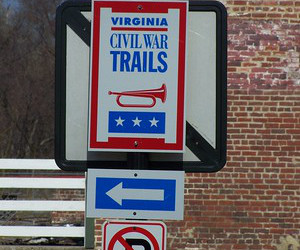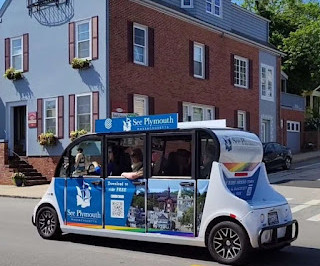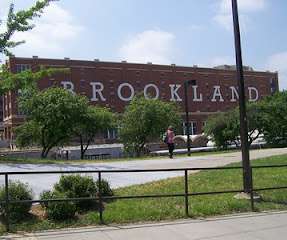Three ideas about presentation of African American History in the context of Black History Month | reprint with an addition about the US Civil Rights Trail (versus the Dixieland Trail)
Rebuilding Place in Urban Space
FEBRUARY 6, 2024
"Doors Open" events were pioneered in Europe , and are when a community's culture organizations band together to provide a coordinated schedule of events, usually over a weekend, where people get free access to various cultural sites and events, many of which are not normally open to the public. The Toronto Star even publishes an event guide.











Let's personalize your content